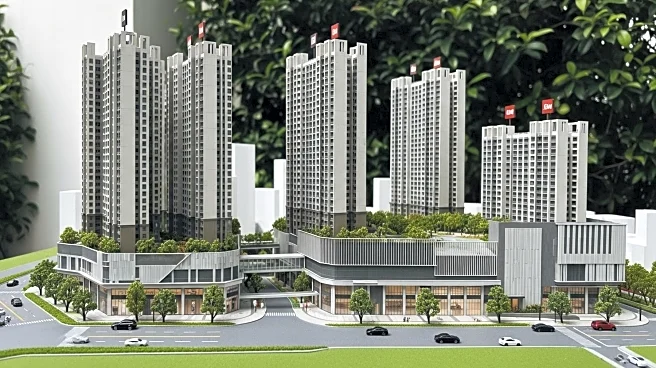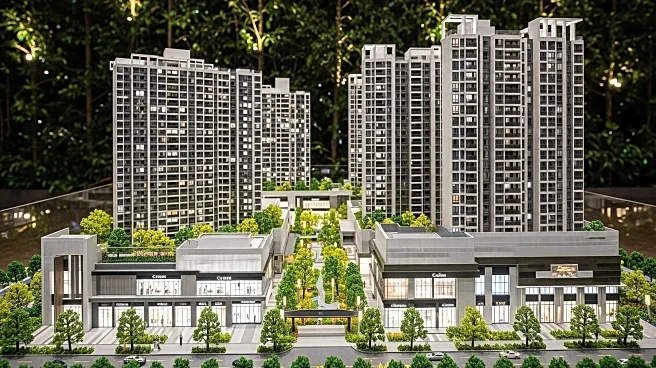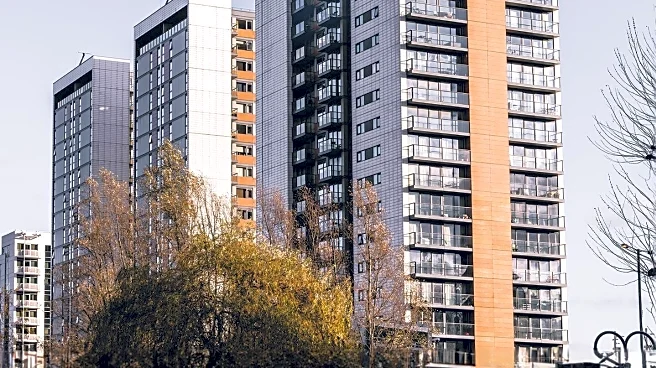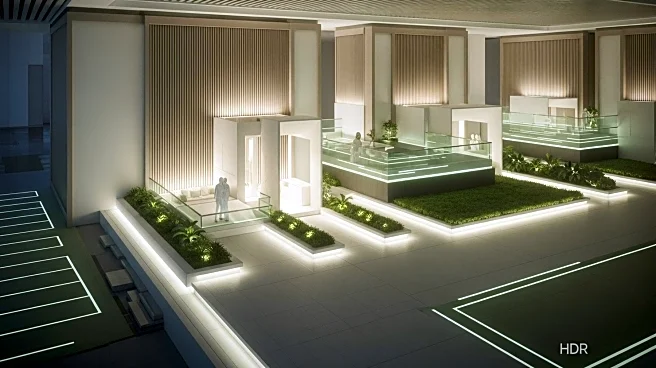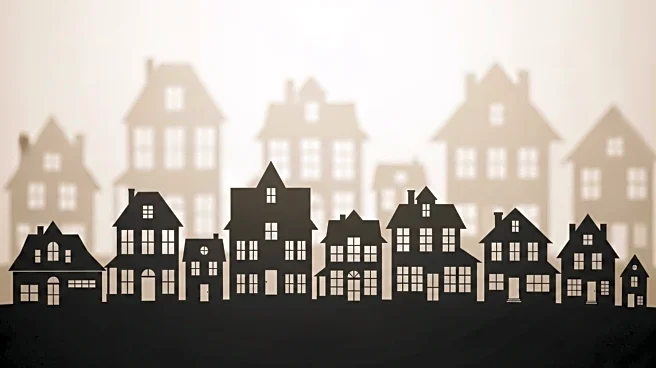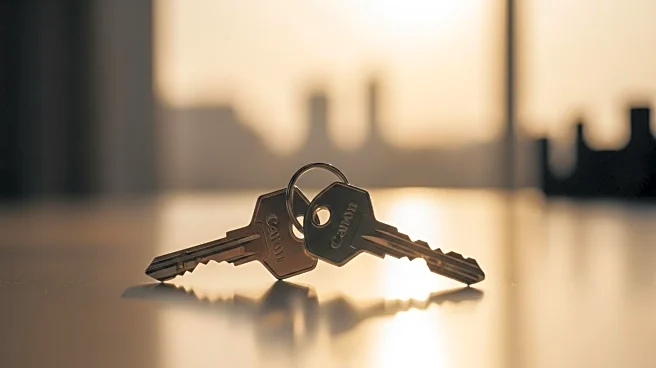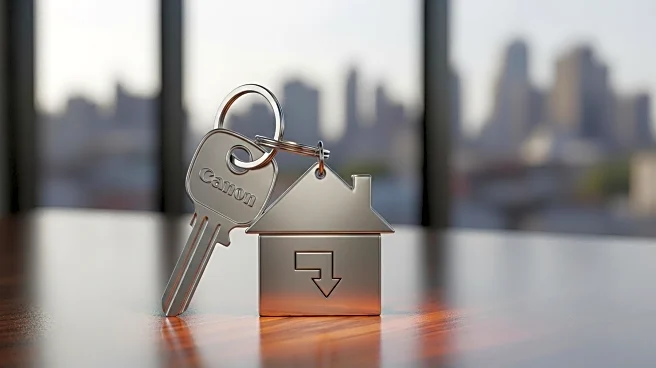What's Happening?
In the evolving real estate market, an increasing number of church properties are becoming available for purchase as churches close or consolidate. These properties present unique opportunities for conversion into homes, but they also come with specific challenges. John Muzyka, an expert in church real estate, notes the emotional and historical significance of these properties, which require careful consideration during acquisition. Key aspects of purchasing a church property include understanding zoning laws, historical designations, and conservation restrictions that may affect conversion plans. Additionally, the process involves evaluating the structural integrity and historical features of the property, which can lead to substantial renovation costs. Financing these conversions often requires commercial loans with shorter terms and larger down payments compared to traditional residential purchases.
Why It's Important?
The conversion of church properties into homes can provide affordable housing solutions, especially in areas where housing is scarce. The Yes in God’s Backyard (YIGBY) movement advocates for removing zoning barriers to facilitate housing development on church grounds, viewing these properties as valuable community assets. This trend could significantly impact local housing markets by increasing the availability of affordable housing options. However, potential buyers must navigate complex legal and financial landscapes, which could deter some from pursuing these opportunities. Successfully converting church properties into homes could set a precedent for similar projects, influencing public policy and zoning regulations in the future.
What's Next?
As more church properties become available, potential buyers and developers will need to engage with local communities and stakeholders early in the process to address any concerns and ensure successful conversions. This may involve advocating for changes in zoning laws and working with local governments to streamline the conversion process. Additionally, financial institutions may need to develop specialized loan products to accommodate the unique requirements of church property conversions. The success of these projects could encourage further investment in similar initiatives, potentially leading to broader changes in how religious properties are utilized in urban planning.
Beyond the Headlines
The trend of converting church properties into homes raises ethical and cultural questions about the preservation of historical and religious sites. Balancing the need for affordable housing with the desire to maintain cultural heritage will be a critical consideration for communities and developers. This development could also lead to a reevaluation of how religious properties are valued and utilized, potentially influencing future urban planning and development strategies.

